The first step of painting a model horse in just about any medium is a good base coat. I paint in a layering combination of oils & pastel, but regardless of the materials, I think it's safe to say that most techniques start with an acrylic base coat. Base coats can be air brushed, or layered by hand with a brush. Last year I had fully intended to have an air brush in my life by this time, just to hopefully help speed up the base coat process, But here we are, a year later, & I still haven't gotten one. So I continue to lay down base coats by hand. Which I will say is a valuable skill as if you can put down a smooth base by hand, that means you can put down any amount of white markings just as smooth! (I still want an airbrush though, lol!) But I'm rambling! On with the important stuff!
I don't really have a magic recipe for how to go about picking out the base color, practice is the best advise I can give, as unhelpful as that may be. I don't get it right all the time either, so mistakes happen! Read on!
The general shopping list for mixing a base color reads as follows:
* Acrylic in the color or colors desired
* Clear, black, or white Gesso (I use Liquitex Professional)
* Water
* A sealable container (the one I used is a condiment container from the dollar store, but they're not carrying them anymore)
* A stir of some sort (I use a popsicle stick).
This silver color's base is kind of a bluish, brownish, grey, so in my ultra professional technique of "pour some in & see what happens", these wound up being the individual colors that I used.
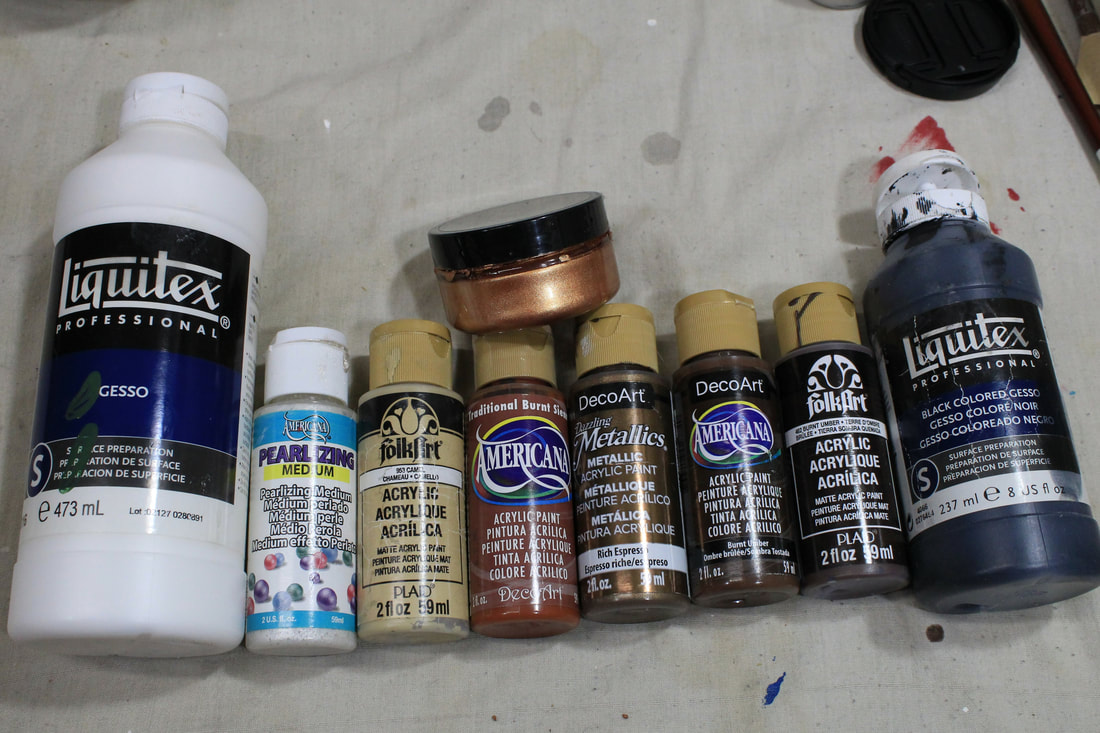
With the white gesso, I added a little bit of 'camel' color (seriously, they couldn't come up with a better name? *sigh*). Since white can be overwhelmed so easily by other colors, I wasn't even squirting paint out of the bottles for a lot of them, but dipping the popsicle stick in & adding dabs to my mix to build it up. I was sunk my first try on this base by adding too big a dab of black, so you really do need to be cautious with primarily white bases! I had to start over!
After completing the first layer on Kip, I decided that it was going to be too dark. So I added more white, & some more burnt umber I believe...
Here is something to look out for as you lay your base: Tiny bubbles. I notice this happening if my brush is overloaded. Akin to squeezing out of a sponge, it leaves the paint with air in it. This isn't much of an issue over the (flat) body as you can brush it out. But in the mane & tail, it can cause trouble. You do not want to leave these bubbles to dry; they will leave little bitty holes in the base. Do your best to brush them out, even grab a clean dry brush if needed, or try to pop them by sharply blowing on them. If you do manage to miss some & they dry, it's not the end of the world. Simply carefully add more layers of base over them to try to fill them in, akin to the gesso to fill pin holes technique used in prepping (see previous post from 1/31/19.) ...I swear, part of painting is learning to troubleshoot as things arise!
& there we have a base coated Kipling. Next post will be on the first coat of oils, which will hopefully be up, soon?
As of right now, Kip's oils are fairly dry, but not dry enough to spray finish & move onto the next layer, so things are still quiet on him for now.
Happy painting all!
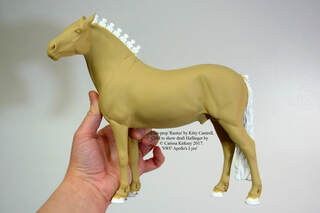
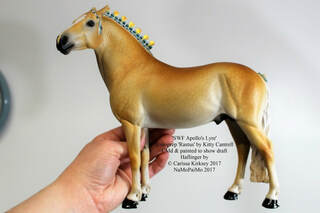
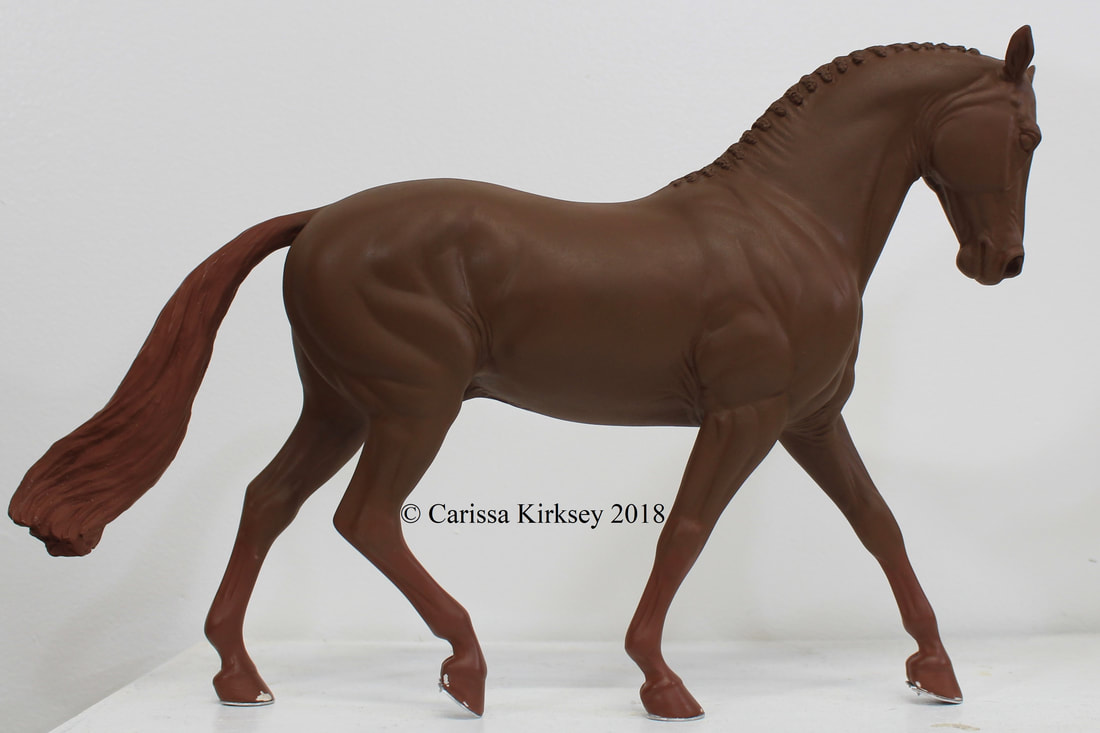
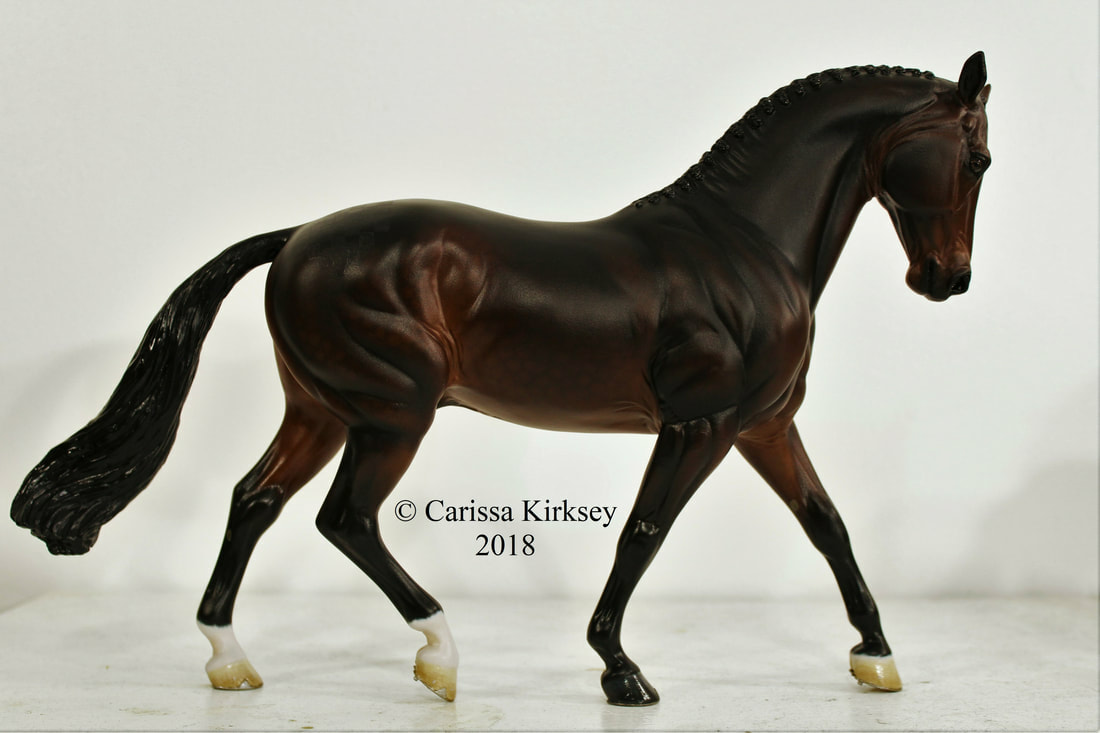
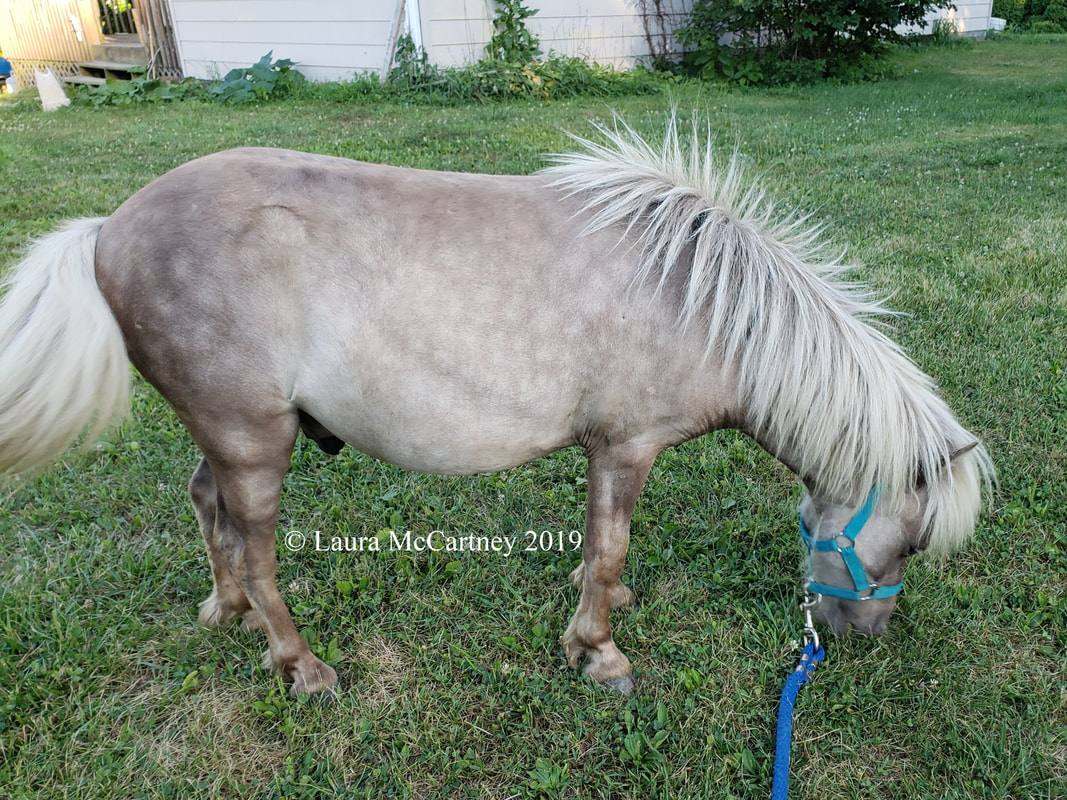
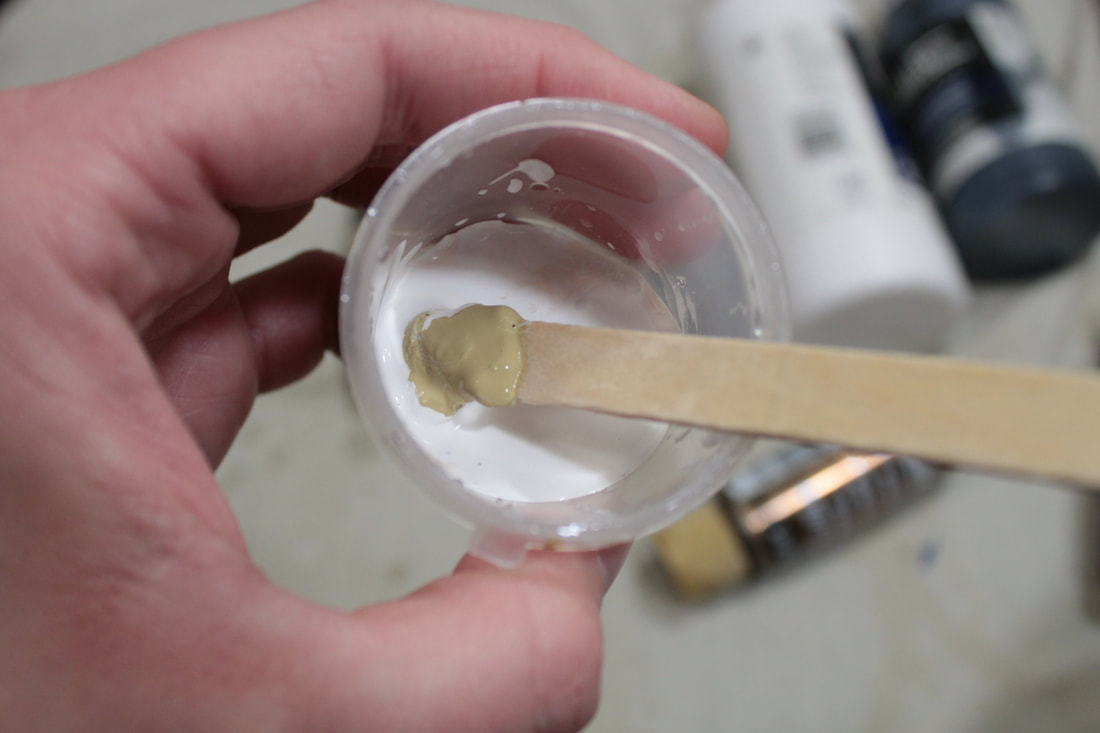
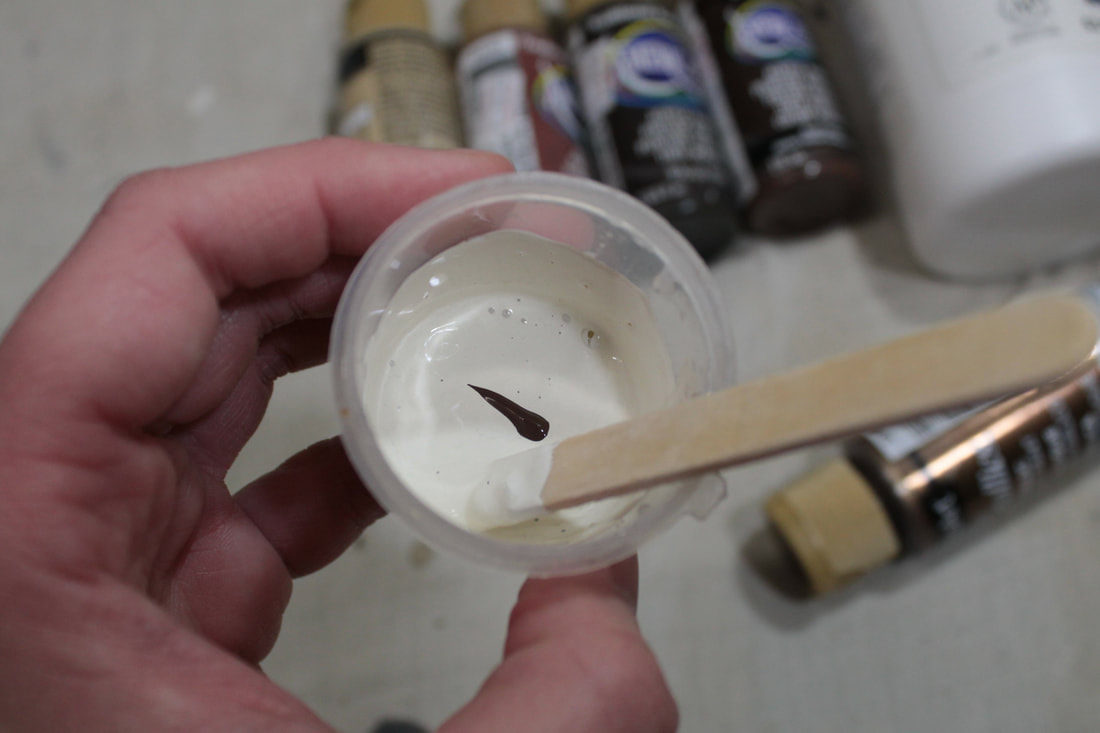
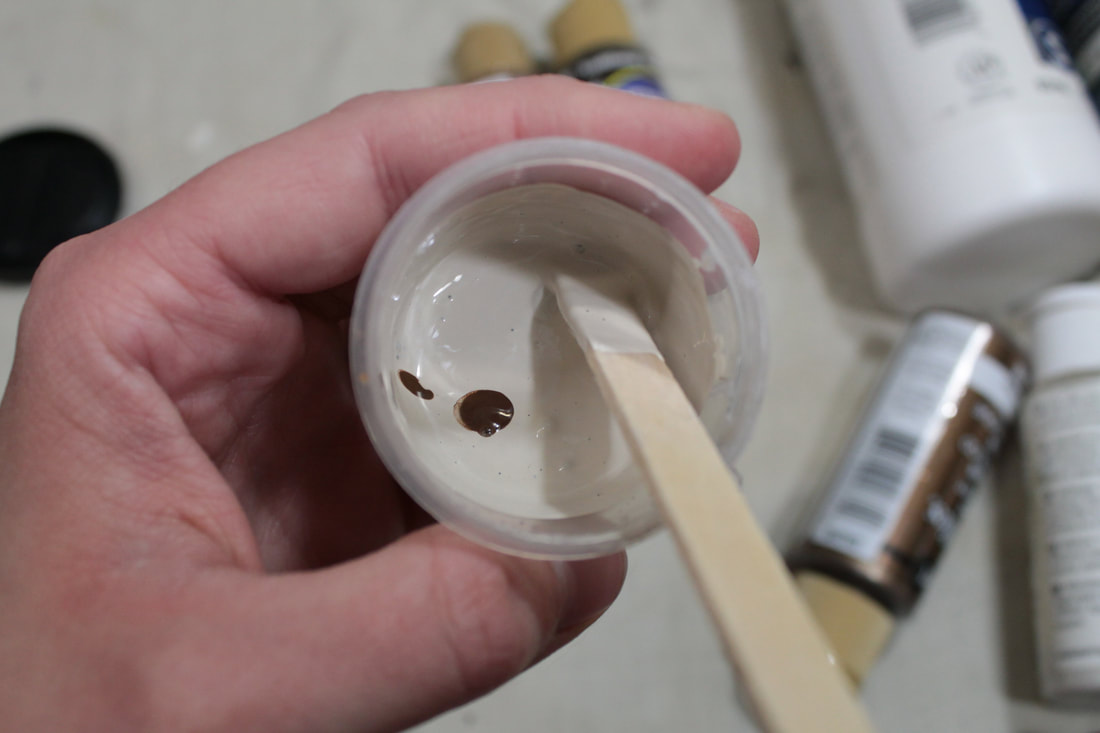
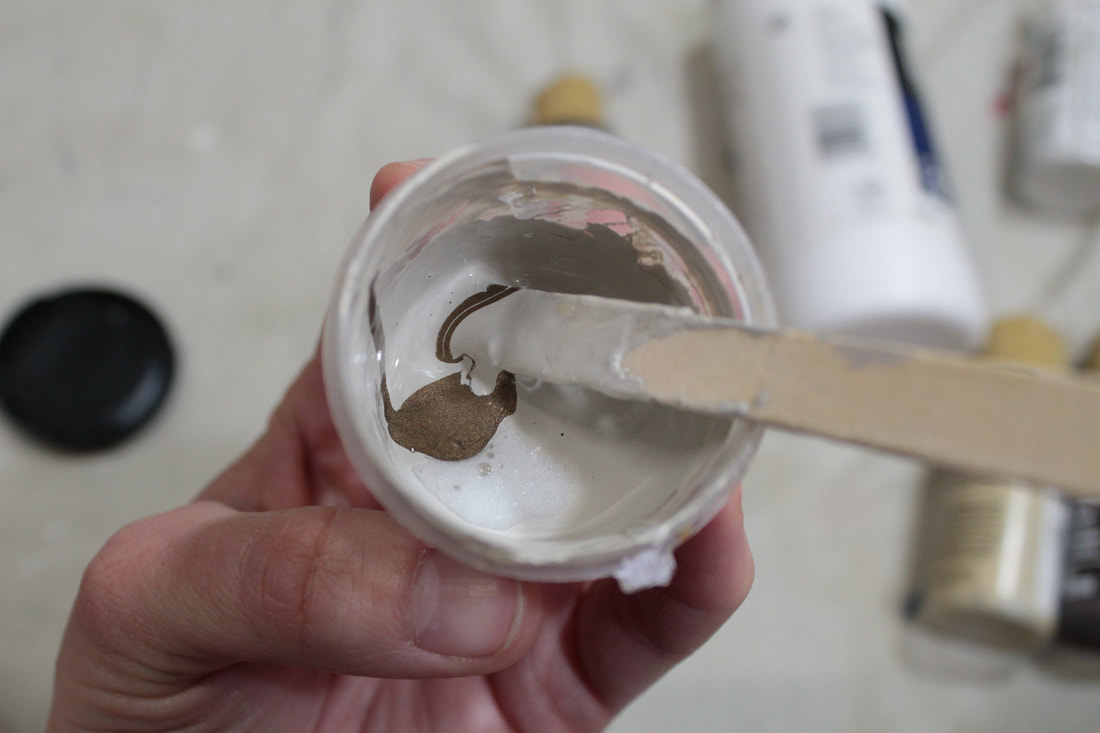
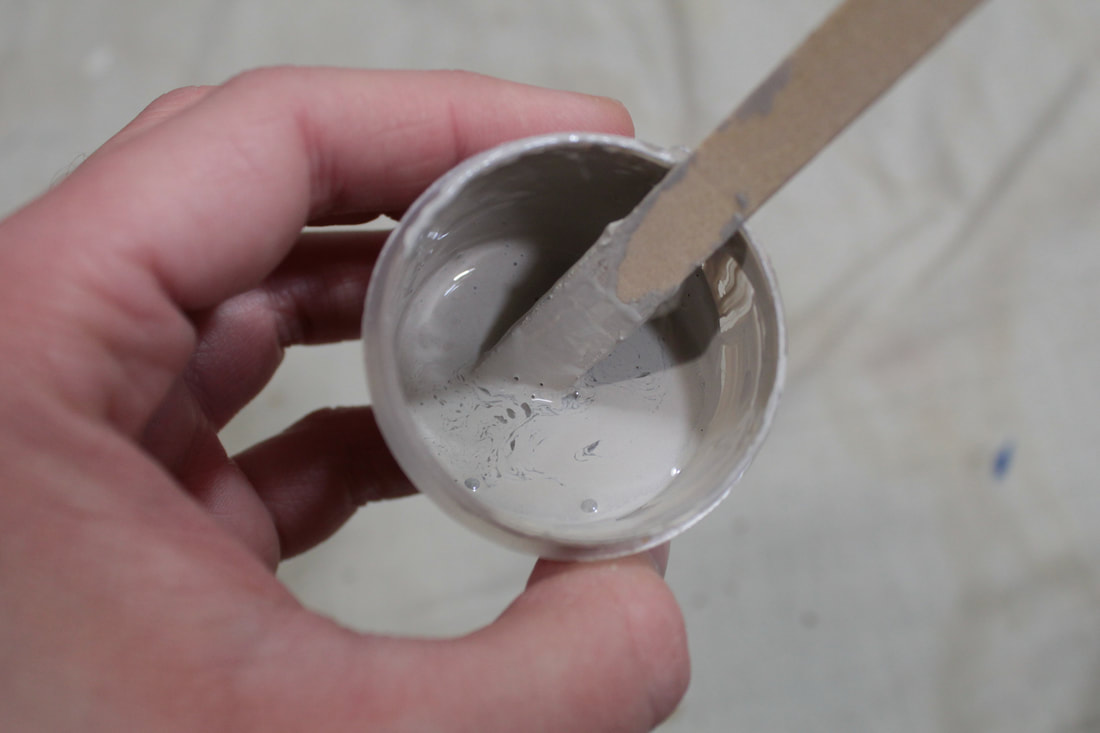
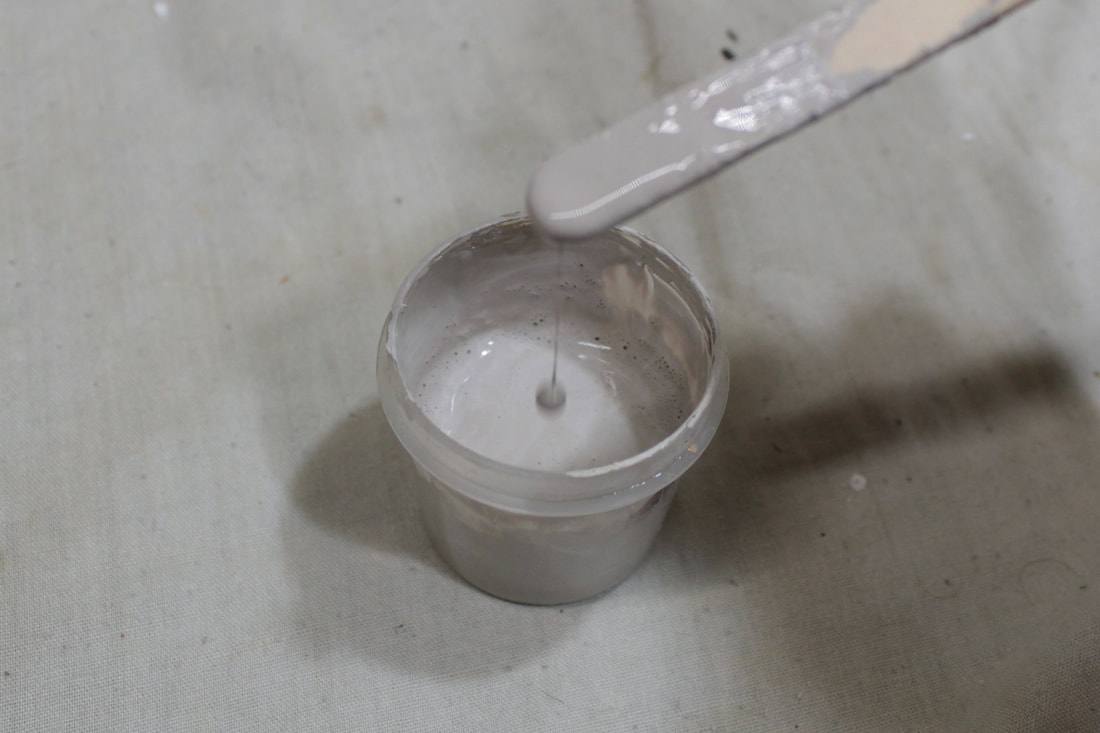
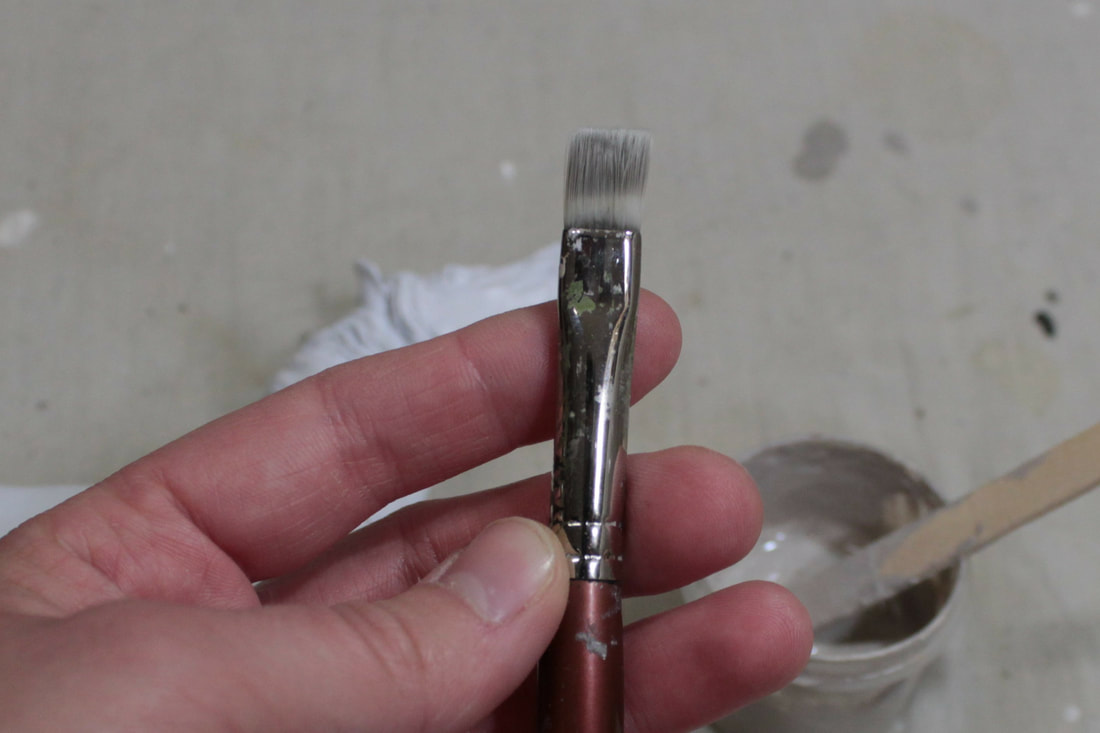
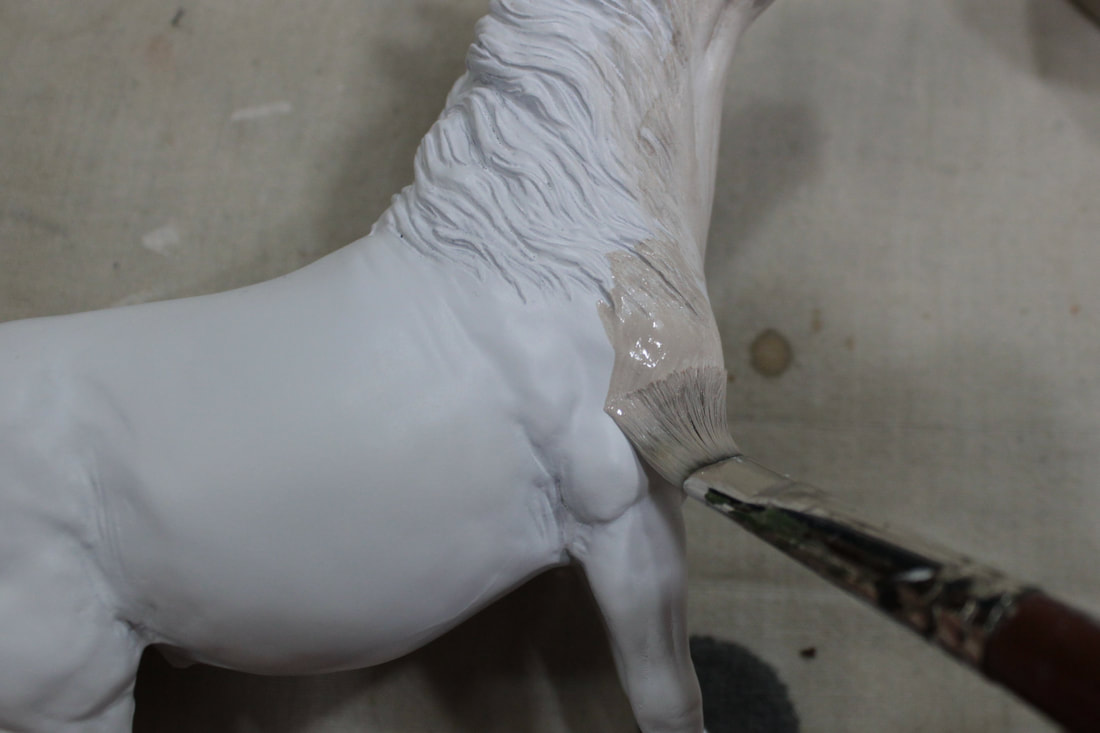
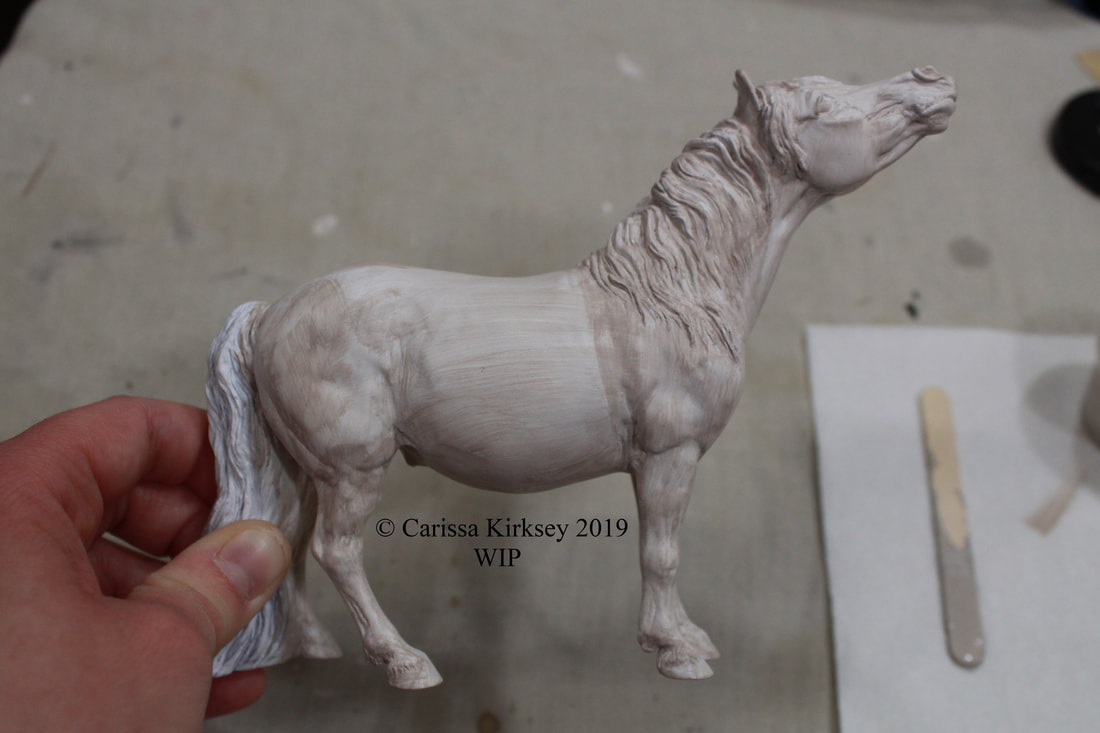
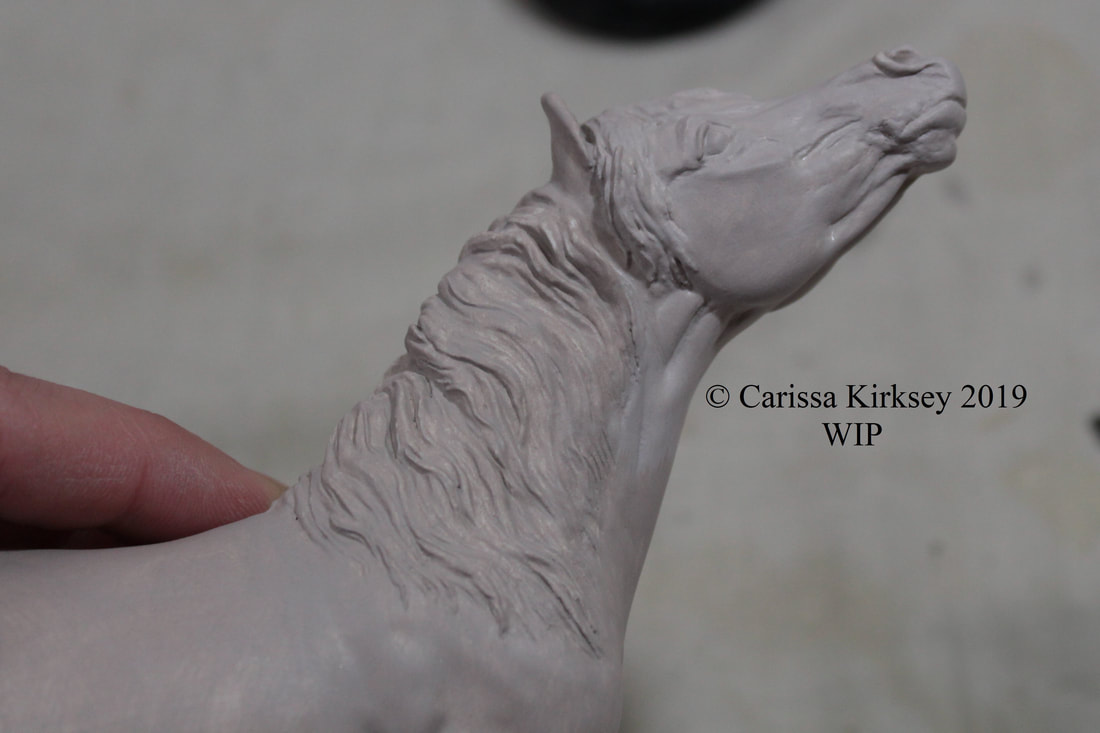
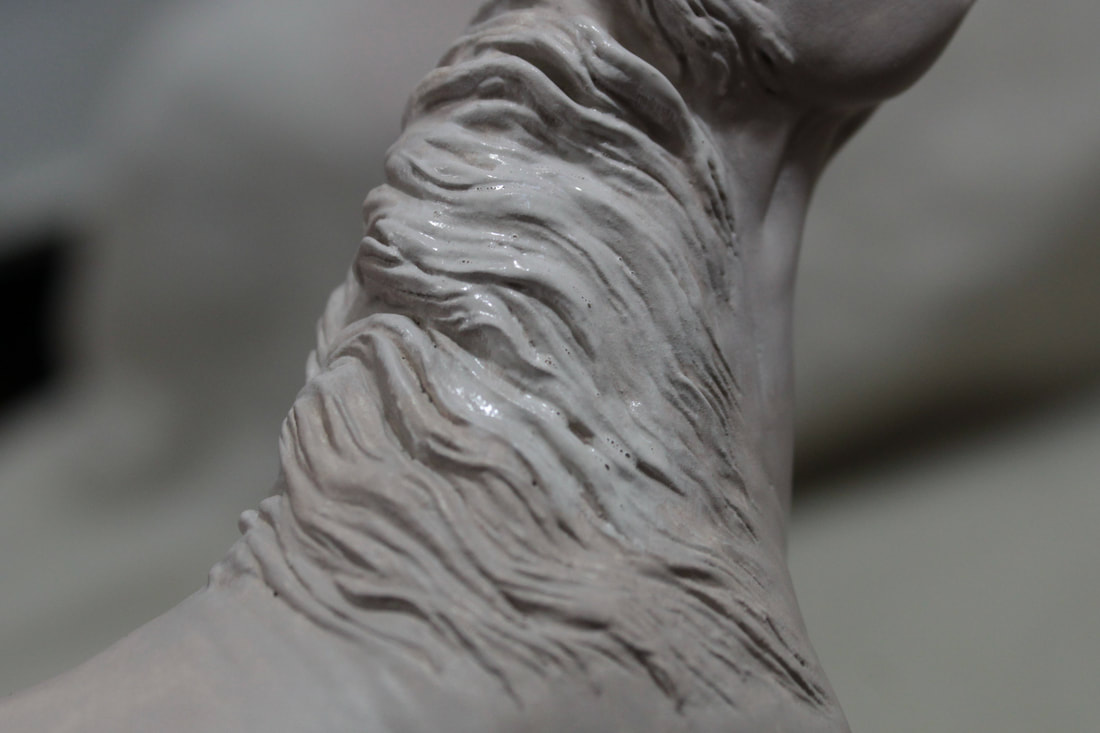
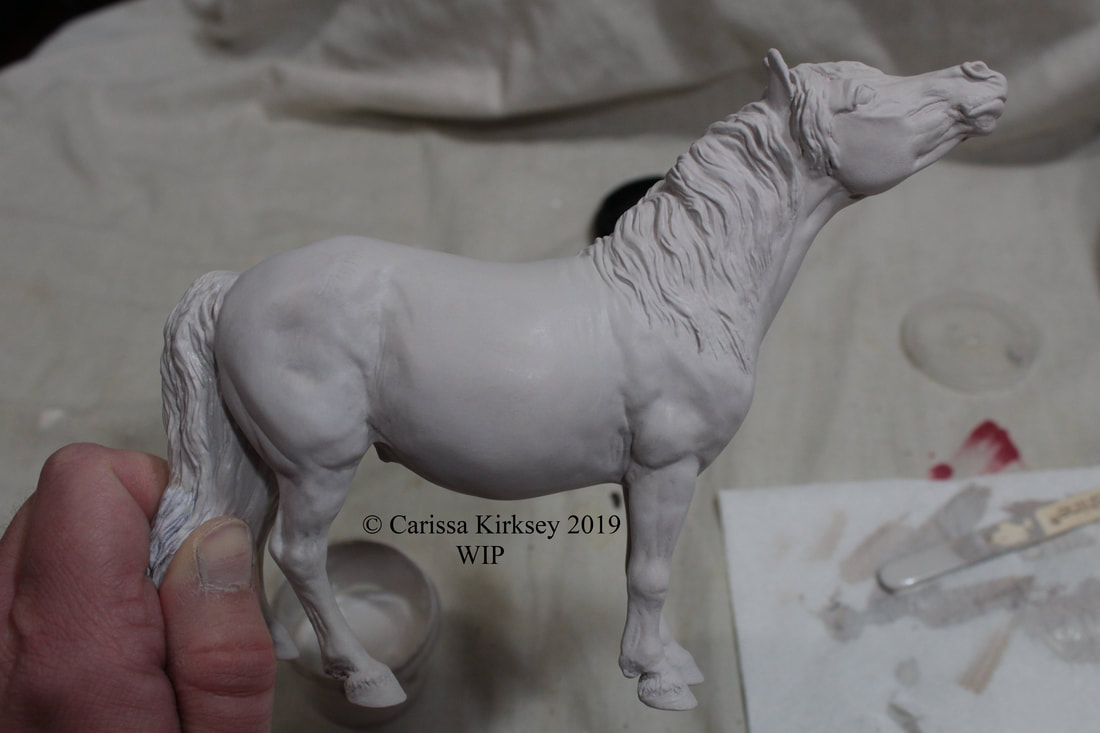
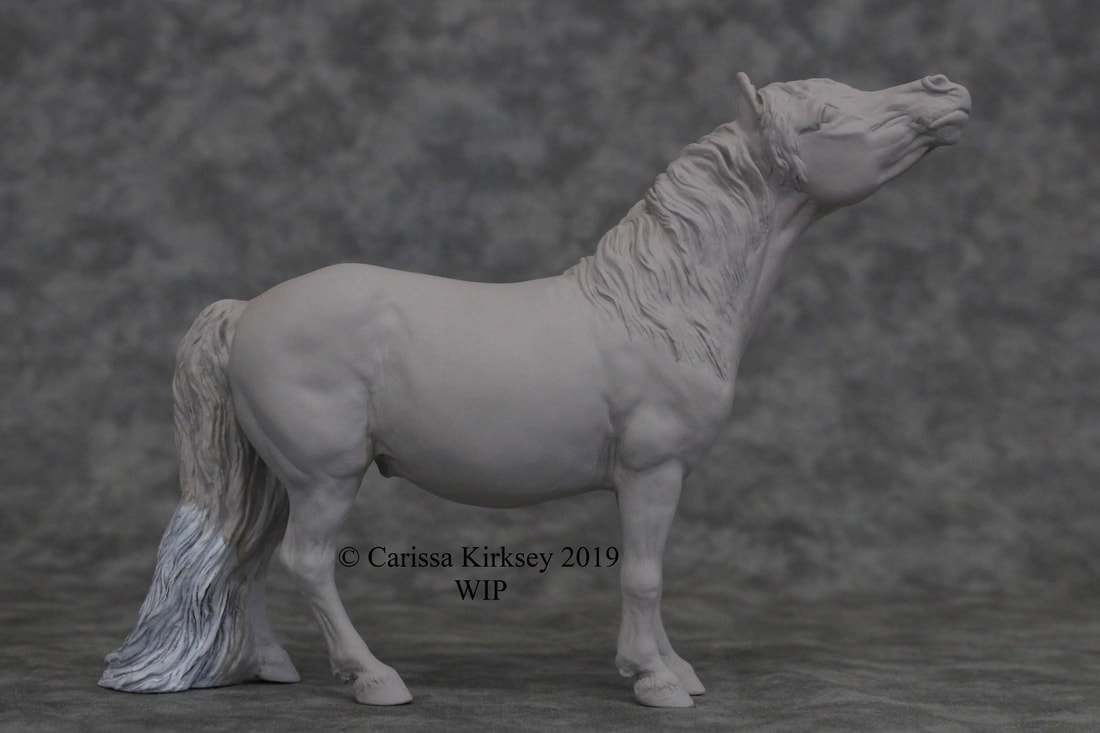
 RSS Feed
RSS Feed
